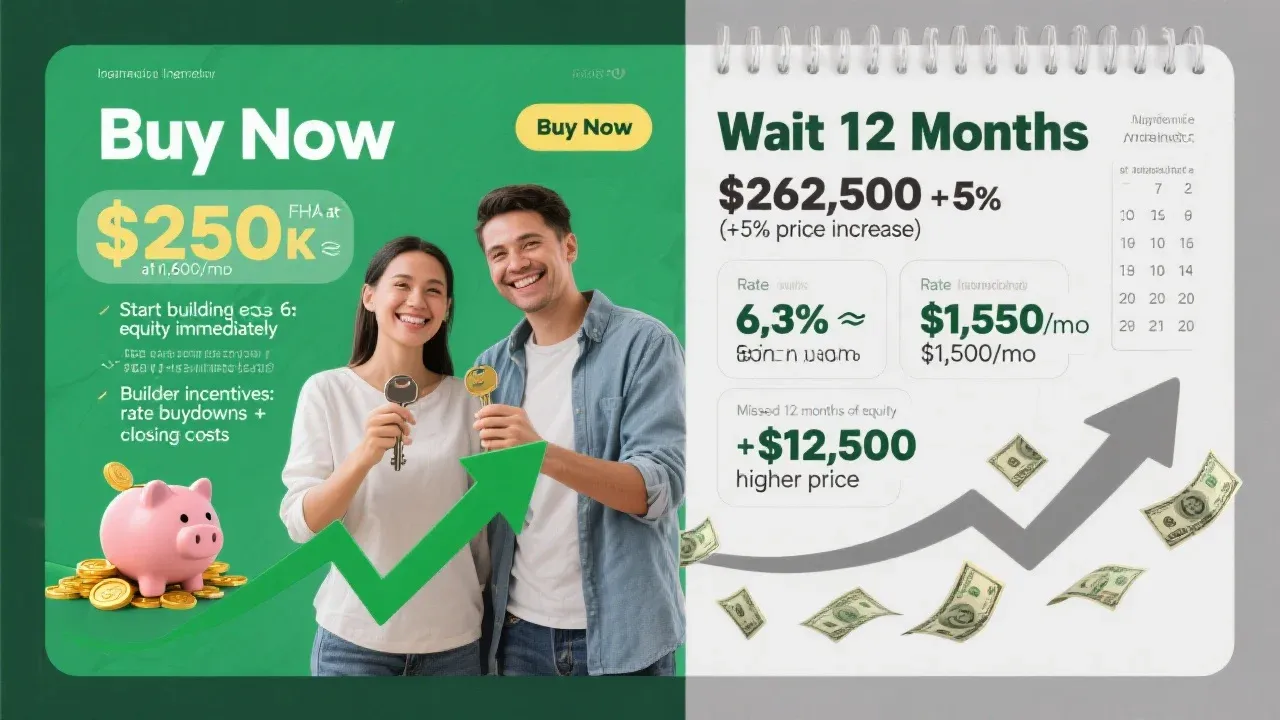The hidden costs of waiting (lost equity, price appreciation, higher down payments)
Why Smart Homebuyers Are Acting Now: The Strategic Case for Purchasing in Central Florida's Current Market
The conventional wisdom says to wait for lower interest rates before buying a home. But what if that advice is costing you thousands of dollars and years of wealth building? In Central Florida's evolving housing market, the mathematics of homeownership tell a different story—one where acting now could be your smartest financial move yet.
The Hidden Cost of Perfect Timing
Every month you spend waiting for the "perfect" interest rate is a month you're not building equity. While renters in Central Florida are struggling with $2,000+ monthly payments that vanish into their landlord's pocket, homeowners are converting those same payments into long-term wealth.
Consider this: a modest 5% annual home price increase adds $15,000 to $25,000 to the cost of a $300,000 to $500,000 home in just one year. Even if mortgage rates drop by a full percentage point, that price appreciation often eliminates any monthly payment savings you hoped to achieve.
The math is stark. Rent payments build zero equity. Every mortgage payment builds wealth through principal reduction and home appreciation—wealth that compounds over decades of homeownership.
Central Florida's Buyer Renaissance
Right now, Central Florida markets like Davenport, Haines City, and Kissimmee are experiencing their most buyer-friendly conditions in years. The data tells a compelling story:
In Davenport specifically:
- Home inventory has surged 18% to 36% across all zip codes
- Properties are taking 22% to 32% longer to sell
- Year-over-year prices have declined in key areas: Champions Gate (-3%), North Davenport (-2%), South Davenport (-1.3%)
- Cash buyers are down 33%, with some areas seeing 47% fewer cash purchases
This shift represents a fundamental change from the frenzied seller's market of recent years. Buyers now have negotiation power, time to make informed decisions, and genuine choice between properties.
Areas with high concentrations of short-term rentals, like Champions Gate, are seeing the most significant price softness as travel patterns normalize and investor financing tightens. What was once a competitive disadvantage for traditional buyers has become an opportunity.
The FHA Advantage: Your Gateway to Homeownership
For many buyers, FHA loans represent the most accessible path to homeownership. With credit scores as low as 580, you can secure financing with just 3.5% down. On a $250,000 home, that's only $8,750—often less than a year's worth of rent increases.
The real cost breakdown:
- Down payment (3.5%): $8,750
- Closing costs (3-6% of purchase price): $7,500-$15,000
- Upfront Mortgage Insurance Premium (1.75%): $4,375
- Total cash to close: Approximately $18,500-$28,700
But here's where smart buyers gain an edge: seller concessions can cover up to 6% of the purchase price toward closing costs. In today's buyer-favored market, motivated sellers are increasingly willing to provide these concessions, sometimes reducing your out-of-pocket expenses by thousands.
Builder Incentives: The Game-Changing Opportunity
New construction builders are pulling out all the stops to attract buyers, creating opportunities that simply don't exist in the resale market. These aren't minor perks—they're substantial financial advantages that can dramatically impact your homeownership costs.
Mortgage rate buydowns represent the most powerful incentive. Instead of offering a simple price reduction, builders pay upfront fees to permanently or temporarily reduce your interest rate. The impact is remarkable: a 6% builder investment can lower your monthly payments by 16%, compared to only a 6% reduction from a direct price cut of the same value.
Consider a 2-1 buydown scenario: your interest rate drops by 2% in the first year and 1% in the second year before adjusting to the permanent rate. This can save hundreds of dollars monthly during the crucial early years of homeownership when every dollar counts.
Other builder incentives include:
- Closing cost assistance
- Free premium upgrades (flooring, appliances, countertops)
- Extended rate locks protecting against construction delays
- Contributions toward HOA fees or property taxes
New construction homes also come with warranties and typically require no repairs in the first year, adding to your overall savings.
The Strategic Refinance Option
Current 30-year fixed FHA mortgage rates hover around 6.648%, and experts predict only modest declines through 2025-2026 (approximately 6.3% to 6.5%). But here's the strategic advantage: refinancing remains an option if rates drop significantly in the future.
This approach allows you to:
- Secure current buyer-favorable conditions and builder incentives immediately
- Begin building equity now rather than losing money to rent
- Maintain flexibility to capture lower rates later through refinancing
The key insight: you can "date the rate, marry the house." Your interest rate is temporary and changeable; your home and the equity you build in it create lasting wealth.
Real-World Financial Impact
Let's examine the numbers for a typical buyer considering a $250,000 FHA loan:
Scenario A: Buy Now
- Monthly payment at 6.648% rate: ~$1,600
- Begin building equity immediately
- Benefit from builder incentives and seller concessions
- Lock in today's home price
Scenario B: Wait One Year
- Potential monthly payment at 6.3% rate: ~$1,550 (saving $50/month)
- Home price increases 5% to $262,500 (costing $12,500 more)
- Additional down payment required: $437.50
- Miss 12 months of equity building
The waiting strategy saves $50 monthly but costs over $12,000 upfront—a trade-off that rarely makes financial sense.
Navigating Seller Concessions and Gift Funds
FHA loans offer unique advantages for managing upfront costs. Seller concessions up to 6% of the purchase price can cover most closing costs, though they cannot be applied to your down payment (FHA requires your own 3.5% investment).
Gift funds from family members, employers, or charitable organizations can cover both down payments and closing costs, making homeownership accessible even for buyers with limited savings. State and local assistance programs provide additional support for qualifying buyers.
The strategy: negotiate maximum seller concessions while leveraging gift funds and assistance programs to minimize your cash requirements.
The Property Tax Advantage
Central Florida offers compelling property tax rates compared to many regions. Polk County (including Davenport and Haines City) has a rate of 16.1873 mils per thousand, translating to approximately $4,856 annually on a $300,000 home—below the state average. Osceola County (Kissimmee) is even lower at 15.2327 mils, or about $4,570 annually.
Combined with Florida's absence of state income tax, the overall tax burden for homeowners remains manageable compared to many other states.
Market Timing: Why Now Makes Sense
Three critical factors align to create today's opportunity:
- Inventory abundance: More homes available means more choices and negotiation power
- Builder incentives: New construction companies are offering unprecedented packages to attract buyers
- Price stabilization: After years of rapid appreciation, prices in many areas have plateaued or declined slightly
This combination may not persist. As inventory normalizes and demand potentially increases with any rate improvements, both negotiation power and builder incentives could diminish.
The Action Plan for Smart Buyers
Step 1: Get pre-approved for an FHA loan to understand your buying power and identify potential closing cost savings.
Step 2: Focus on new construction communities with active builder incentive programs, particularly those offering mortgage rate buydowns.
Step 3: Compare offers from builder-preferred lenders (including incentives) against outside lenders to ensure optimal terms.
Step 4: Negotiate maximum seller concessions and explore gift funds or assistance programs to minimize cash requirements.
Step 5: Budget for initial homeownership expenses beyond closing costs—expect $5,000+ in the first six months for items like appliances and basic maintenance tools.
The Bottom Line
While waiting for perfect market conditions feels prudent, the mathematics of homeownership favor action over hesitation. Current market conditions in Central Florida—increased inventory, motivated sellers, aggressive builder incentives, and accessible FHA financing—create an opportunity that may not persist indefinitely.
Every month of delay is a month of rent payments that build no equity, potential home price appreciation that increases your costs, and a missed opportunity to begin the wealth-building process of homeownership.
The question isn't whether interest rates might drop further. The question is whether you can afford to keep paying someone else's mortgage while waiting for perfect timing that may never come.
In Central Florida's current market, smart buyers are recognizing that the best time to buy isn't when rates are lowest—it's when the combination of market conditions, available incentives, and personal financial readiness align to create opportunity.
That alignment exists today. The question is whether you'll seize it or continue waiting for a perfect moment that costs more with each passing month.
Categories
Recent Posts
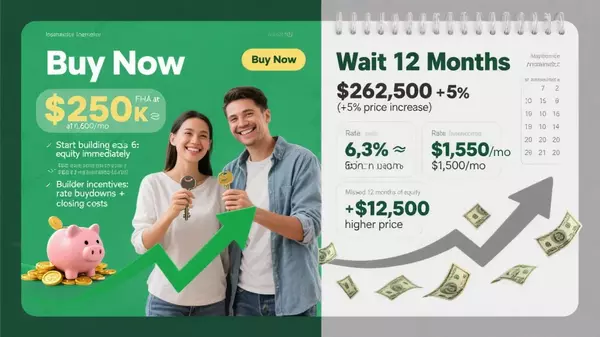
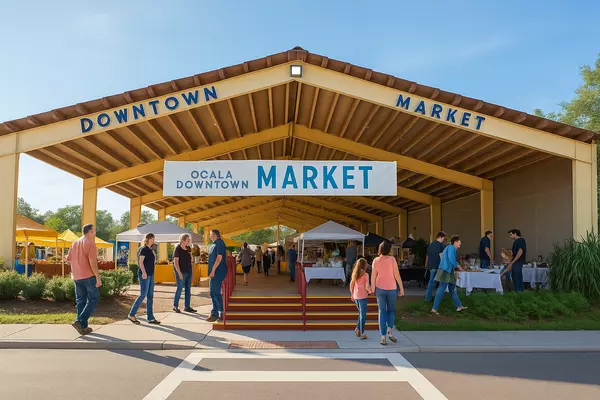
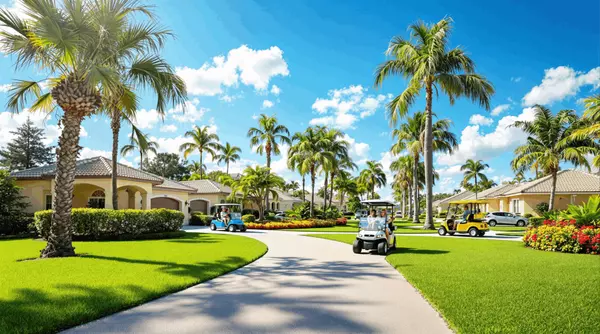

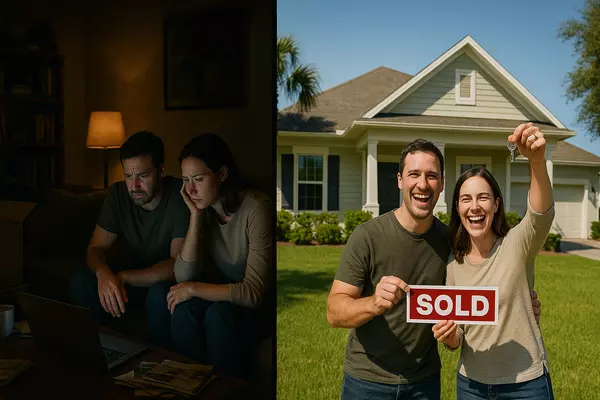
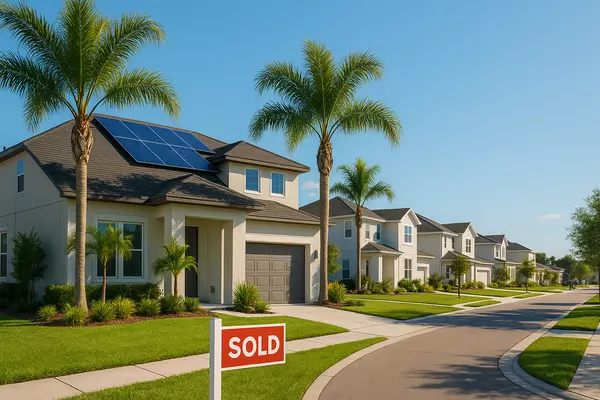
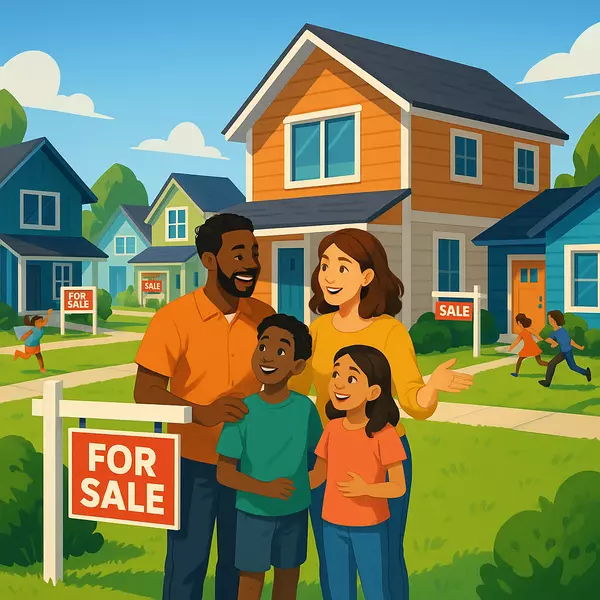


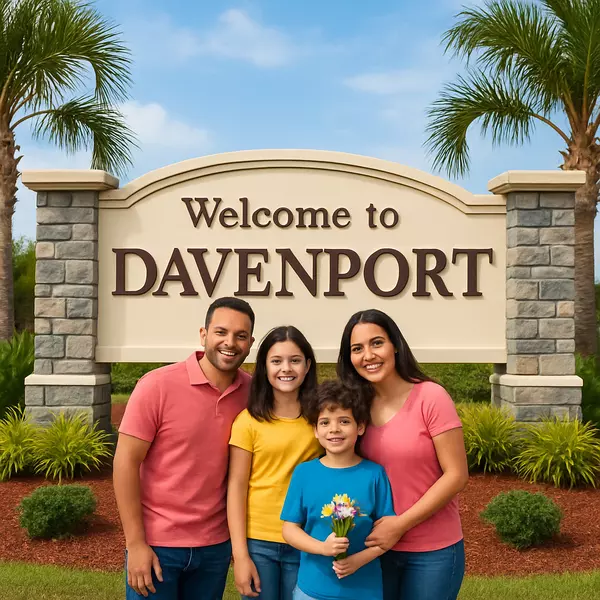
Real Estate Professional | License ID: SL3558188
+1(954) 418-2463 | ndperez729@gmail.com

